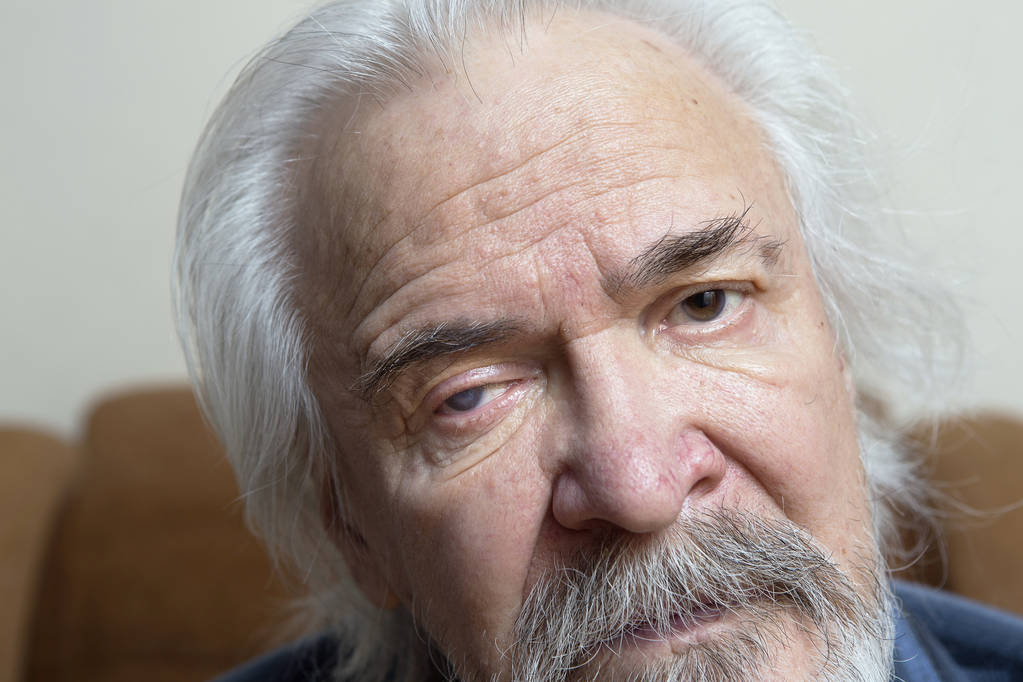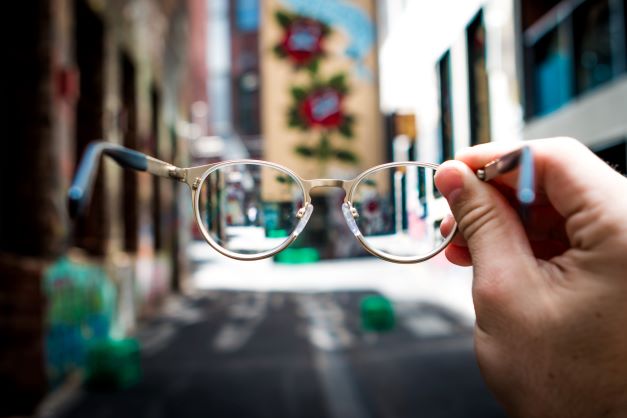Are you or someone you know experiencing extreme nearsightedness? This condition, also known as high myopia, can have a significant impact on your daily life and overall eye health. In this article, we will explore everything you need to know about extreme nearsightedness, including its causes, symptoms, and treatment options.
What is Extreme Nearsightedness?
Extreme nearsightedness is a refractive error that causes distant objects to appear blurry, while close-up objects remain clear. This condition occurs when the eyeball is too long or the cornea is too steep, causing light rays to focus in front of the retina instead of directly on it. As a result, individuals with extreme nearsightedness may have difficulty seeing things clearly at a distance.
Causes of Extreme Nearsightedness

There are several factors that can contribute to the development of extreme nearsightedness. These include genetics, environmental factors, and certain underlying medical conditions. If you have a family history of nearsightedness, you may be at a higher risk of developing extreme nearsightedness yourself.
Furthermore, spending a significant amount of time engaged in activities that require close-up focusing, such as reading or using electronic devices, can also increase your risk of developing extreme nearsightedness. Additionally, certain medical conditions, such as diabetes, can also play a role in the development of this condition.
Symptoms of Extreme Nearsightedness

Individuals with extreme nearsightedness may experience a range of symptoms, including difficulty seeing distant objects clearly, eyestrain, headaches, and squinting. If you are experiencing any of these symptoms, it is important to schedule an eye exam with a qualified optometrist or ophthalmologist.
Treatment Options for Extreme Nearsightedness
Fortunately, there are several treatment options available for individuals with extreme nearsightedness. These may include prescription eyeglasses or contact lenses to help correct your vision. In some cases, refractive surgery, such as LASIK or implantable collamer lenses, may be recommended to reduce your dependence on corrective eyewear.
It is important to consult with your eye care provider to determine the best treatment plan for your individual needs. They will be able to assess your level of nearsightedness and recommend the most appropriate treatment options to help you see clearly and comfortably.
In conclusion, extreme nearsightedness can have a significant impact on your daily life, but with the right treatment and management strategies, you can enjoy clear vision once again. If you suspect that you may have extreme nearsightedness, don’t hesitate to schedule an eye exam with your eye care provider. They will be able to provide you with the guidance and support you need to maintain optimal eye health.
